Tour the Swiss flat made from recyclable, compostable…and edible materials
This modern flat doubles as a research project aimed at finding new materials and technologies to help reduce the resources needed for construction. What’s special about this design is its life cycle concept: after a few years, the flat will be completely dismantled and all materials used elsewhere.
The NESTExternal link (Next Evolution in Sustainable Building Technologies) building in Dübendorf, near Zurich, is probably the craziest building in Switzerland. The Federal Institute for Material Science and TechnologyExternal link (Empa) has a few offices and several research projects under its roof.
Before entering the modernly furnished flat or ‘unit’, we have to put felt slippers over our shoes. The first thing we notice is the pleasant smell of oil-treated wood.
The apartment on the third floor is referred to as “UMARExternal link” which stands for “Urban Mining and Recycling”. This month, two students are due to move into this modern flat.

“This is a real environment. This is not an exhibition piece or a lab,” says Enrico Marchesi, innovation manager of the NEST building. The fact that a couple of students will actually be living in this two-bedroom flat is perfect.
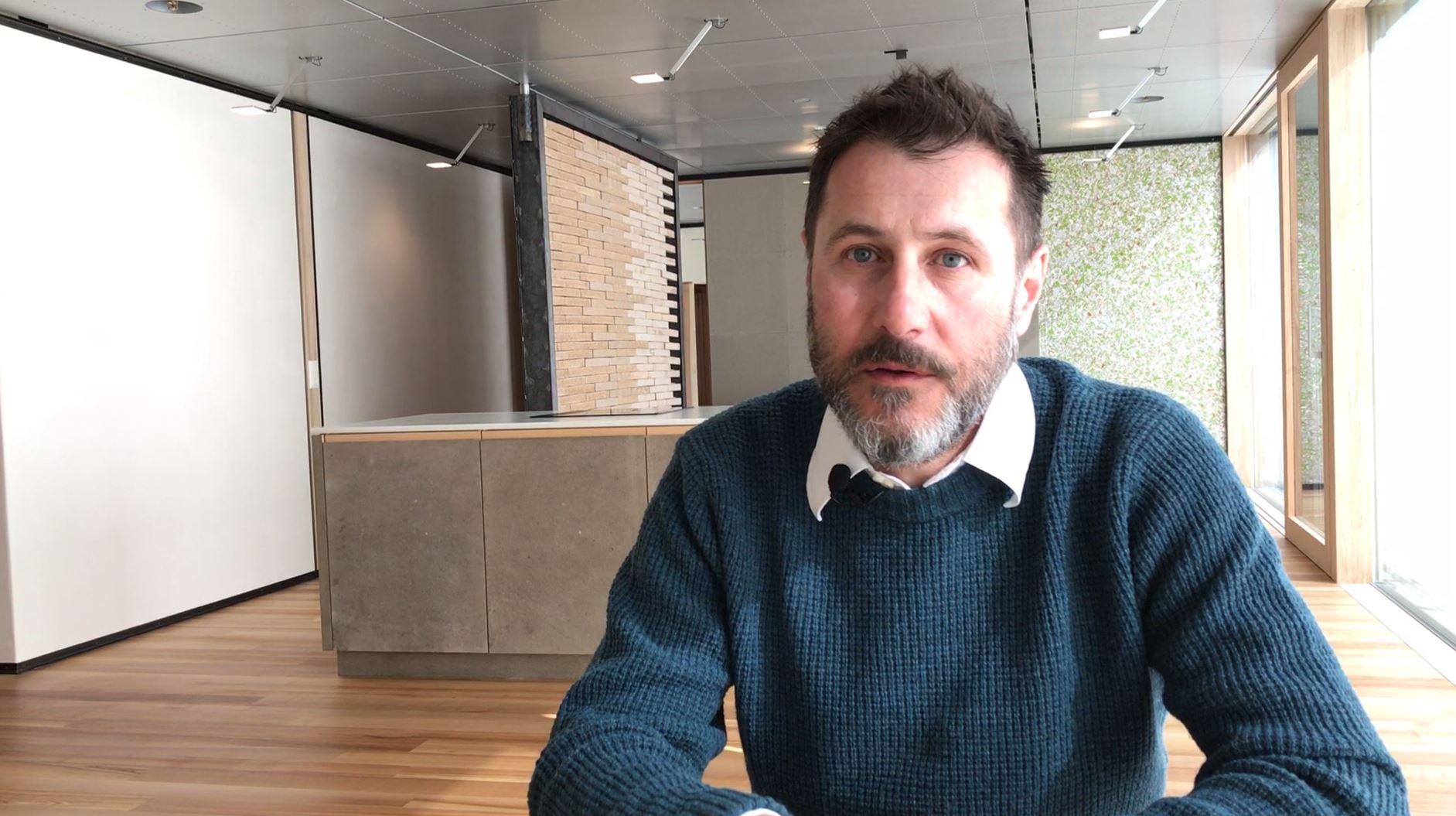
More
Urban Mining: a second life for building material
“This would not be possible in a rented or sold property,” Marchesi emphasises. “They will give us feedback and we will actually see effects that cannot be recreated in a lab. We want our tenants to act naturally, embrace the living conditions here and make use of everything. Given that they are students, they might even throw a party.”
But what exactly is Urban Mining? According to Marchesi, the fact that building a house requires huge amounts of material and adhesives while natural resources are dwindling poses a problem. The purpose of this unique project is to efficiently and economically extract the materials from a building or, in this case a flat, at the end of its life cycle and reuse them.
“We are working towards creating closed material management and closed circles. We want to get away from one-way streets.”
At the beginning, there was a book
Urban Mining and Recycling means that “all resources needed to construct a building have to be reusable, recyclable and compostable,” Empa states on its website.
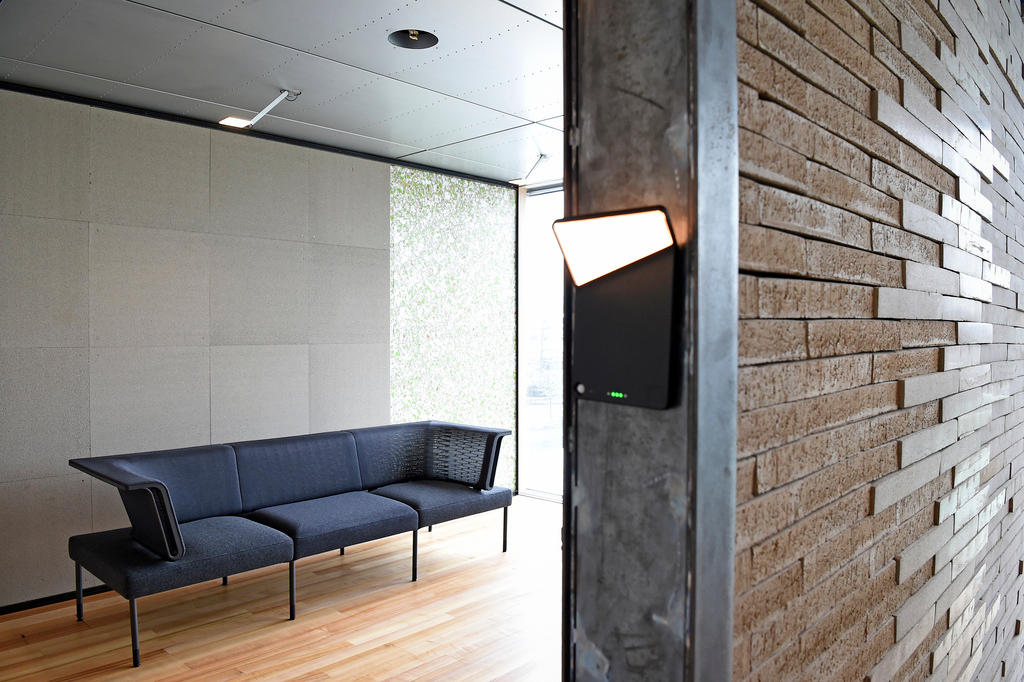
Marchesi simply sees Urban Mining as the future of the construction industry. “We have no choice,” he says. “Our resources are waning. Some materials just won’t last forever. For example, we need a lot of sand to build a house. Only very few people know that after water, building sand is the scarcest resource in the world. There are even sand mafias who make millions and exploit people just to get their hands on the sand.”
The people in charge at Empa got the idea from the book “Building from Waste” by Dirk HebelExternal link and Felix HeiselExternal link. However, Marchesi is vehemently against the term “waste building”. “The buildings create a high-quality residential environment, which is harmless in terms of hazardous substances.”
Werner SobekExternal link, architect and professor at the Institute for Lightweight Structures and Conceptual Design in Stuttgart, Germany, designed the flat together with Heisel and Hebel. The latter used to work at the Swiss Federal Institute of Technology Zurich (ETHZ) and is presently a professor of Sustainable Construction at the Karlsruhe Institute for TechnologyExternal link (KIT). Together with other well-known companies within the construction sector, this institute as well as Sobek’s own company are the most important partners in this project.
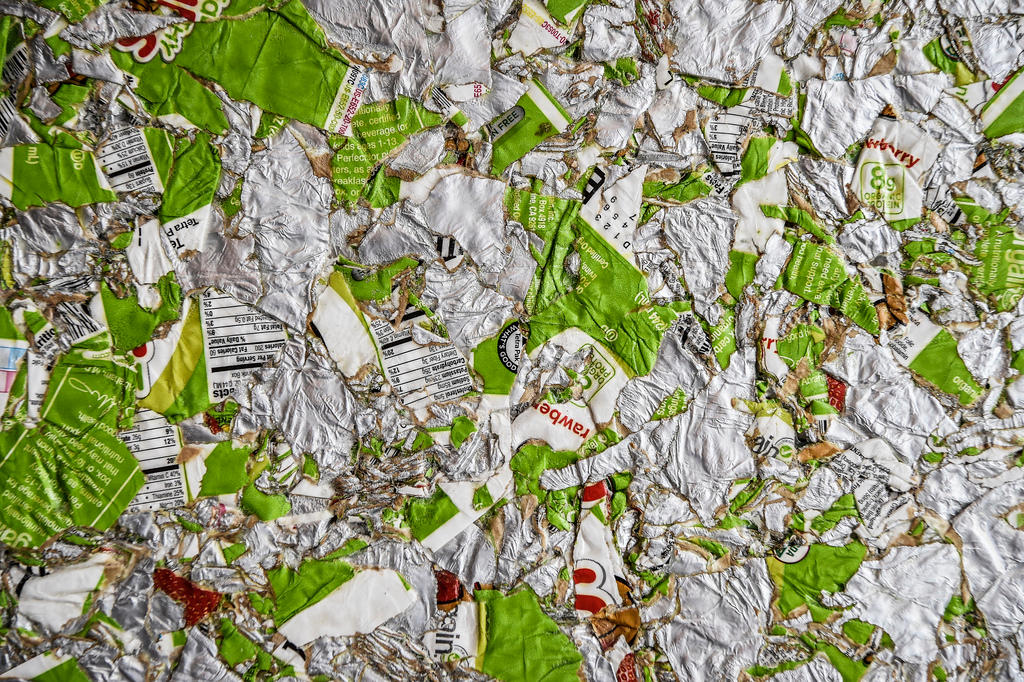
Realistic?
According to Marchesi, such flats are no longer a thing of the future.
“All materials used are readily available on the market and the prices are not even exorbitant.” Over their entire lifecycle, some of the materials even turn out to be cheaper.
The model flat as you see it today is ready for the market, according to Marchesi.
The sustainable construction method is not immediately obvious to laymen though. The mineral rubble which has only just started its second life as a brick wall, serves as a good example. Another prime example, according to Marchesi, are the insulating mounting plates, which are actually mushrooms inserted into the walls. Apart from being completely compostable, they also have other attributes: “They are edible, pose no problems to people with allergies and are a very good insulating agent.”
No adhesive joints
As everything has to be dismantled again when building according to this sustainable construction method, elements must not be joined together with adhesive. Pieces need to be screwed, interlocked or pinned together, as separating glued joints would be very time-consuming.
It should be possible to completely dismantle this unit and separate it into individual types of materials, which is very important.
“It is not that difficult. Two people should be able to dismantle everything with an electric screwdriver,” Marchesi emphasises.
The UMAR unit is supposed to be taken apart again in five to seven years, which is something innovation manager Marchesi is looking forward to. He is particularly excited about the evaluation of how well or badly some of the individual elements are working.
At the end of the day, this flat is a prime example for the temporary usage of the individual units inside the NEST – the craziest house in Switzerland.
Empa has defined itself as Switzerland’s research institute for material science and technology. It is part of ETHZ, and cooperates with industry and public institutions.
Empa employs around 1,000 people in three places (Dübendorf, St. Gallen, and Thun). The Swiss Confederation funds approximately two-thirds of its annual budget of CHF178 million ($182 million).

In compliance with the JTI standards
More: SWI swissinfo.ch certified by the Journalism Trust Initiative










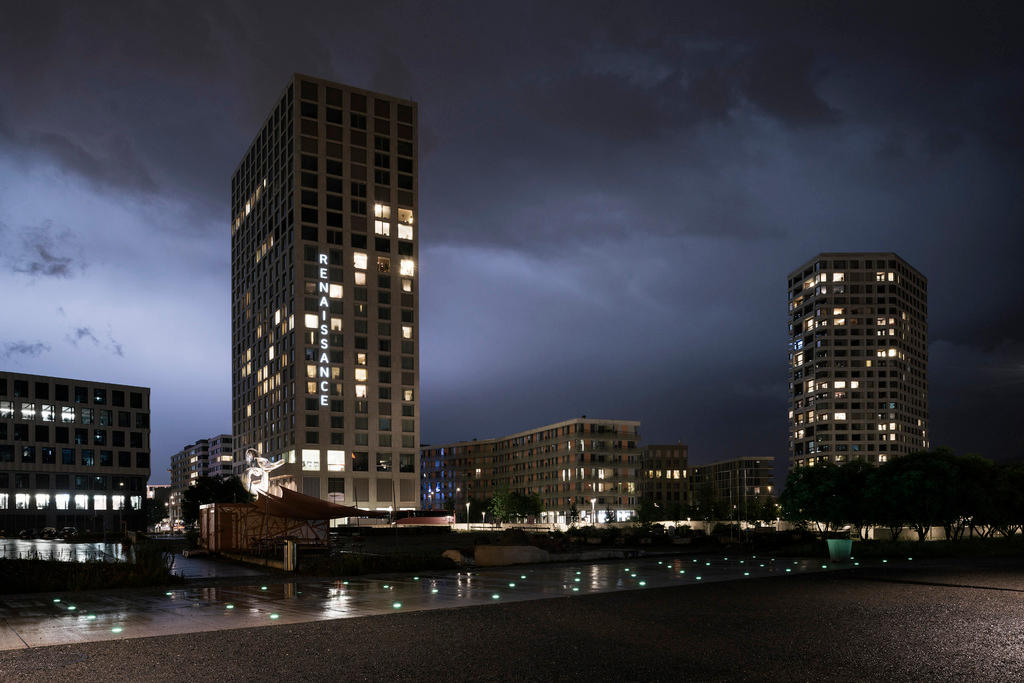
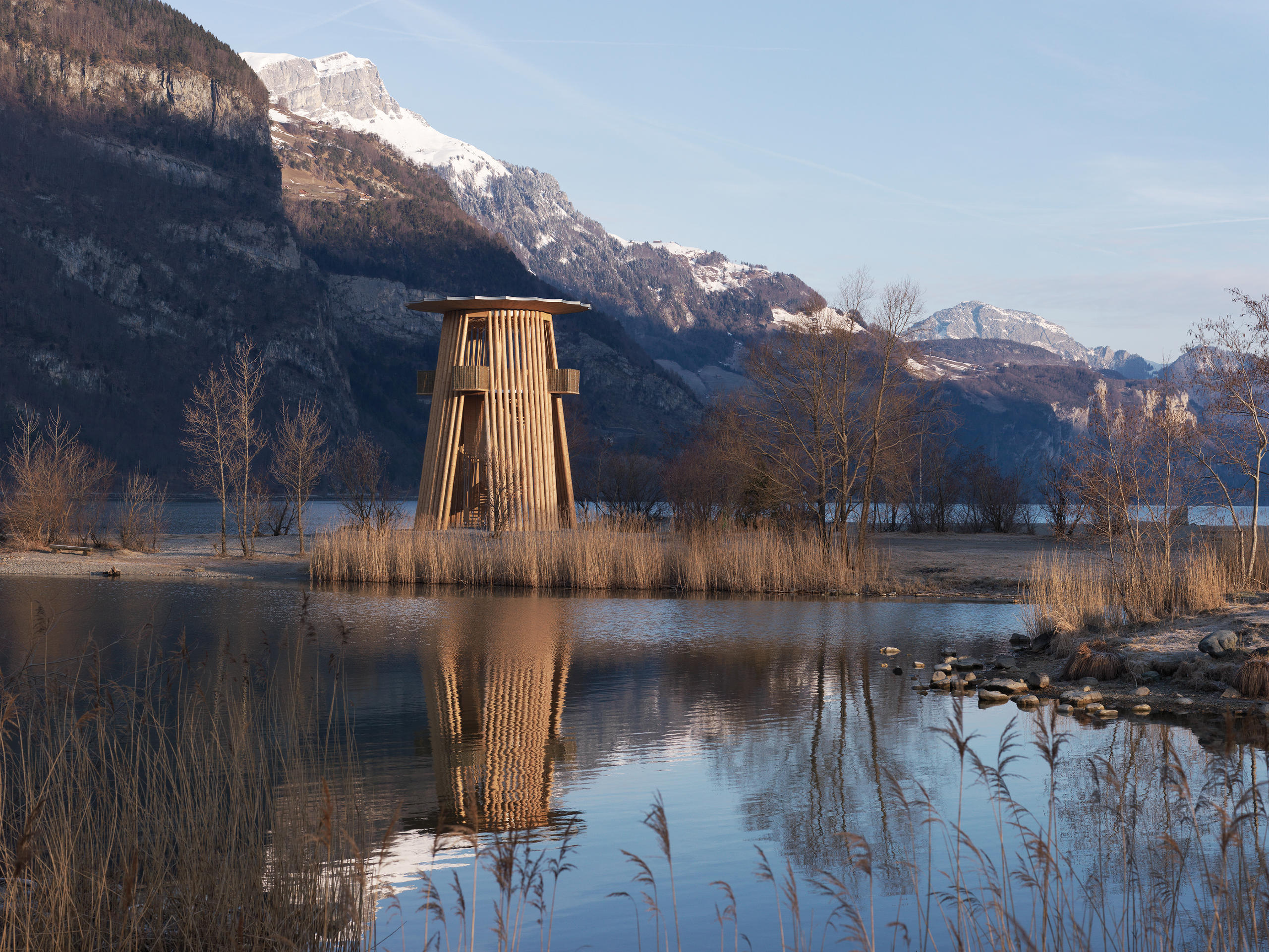
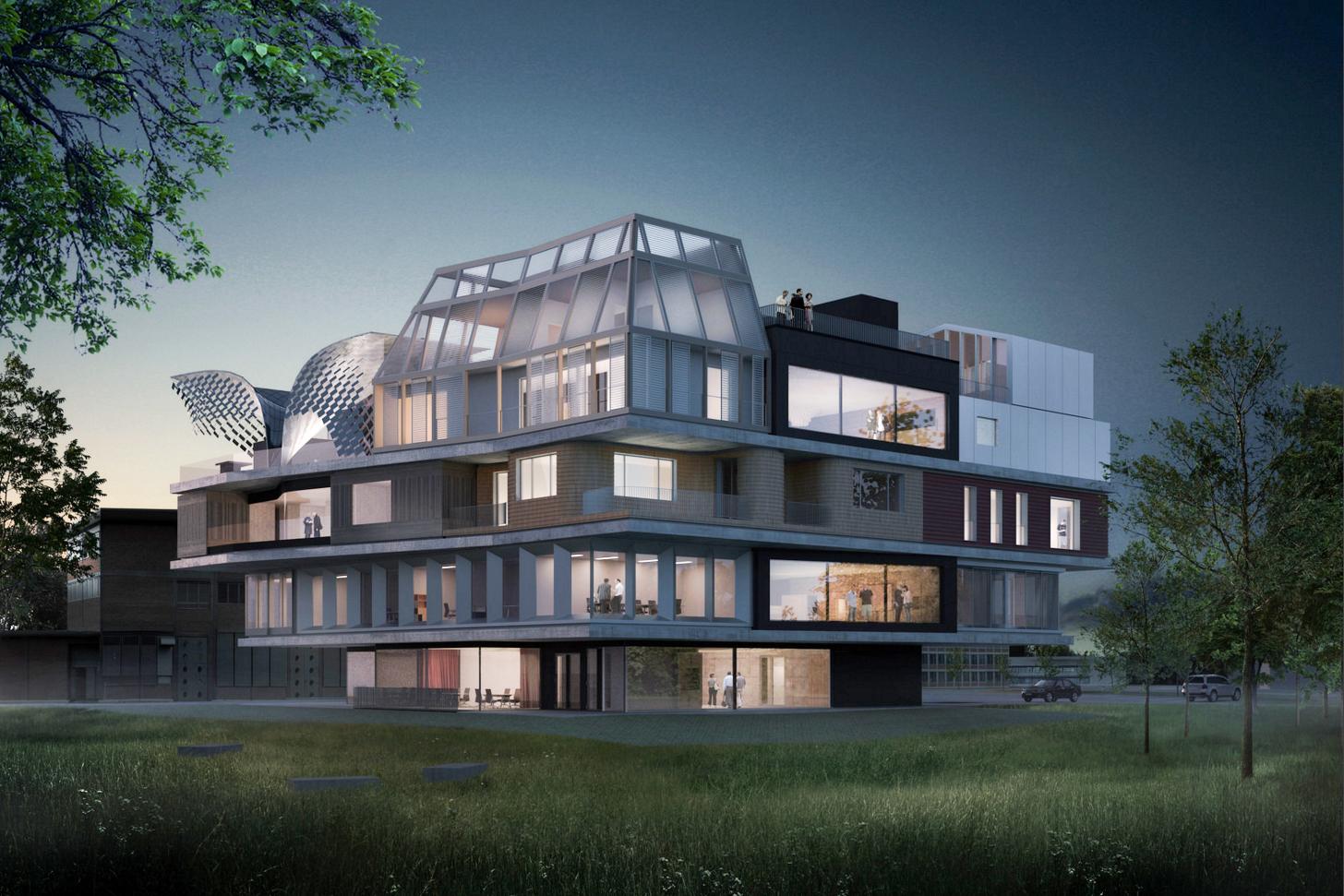
You can find an overview of ongoing debates with our journalists here . Please join us!
If you want to start a conversation about a topic raised in this article or want to report factual errors, email us at english@swissinfo.ch.